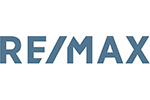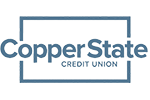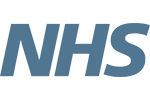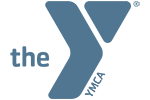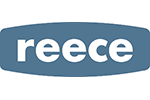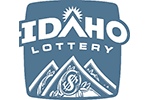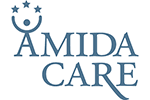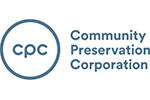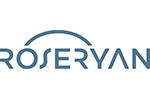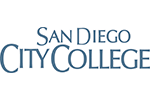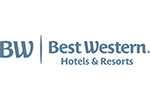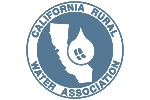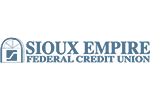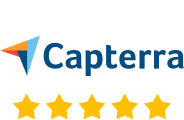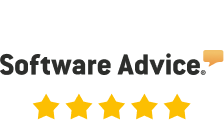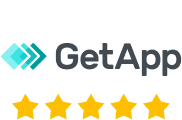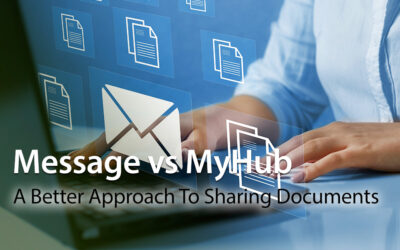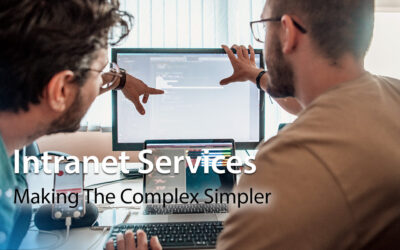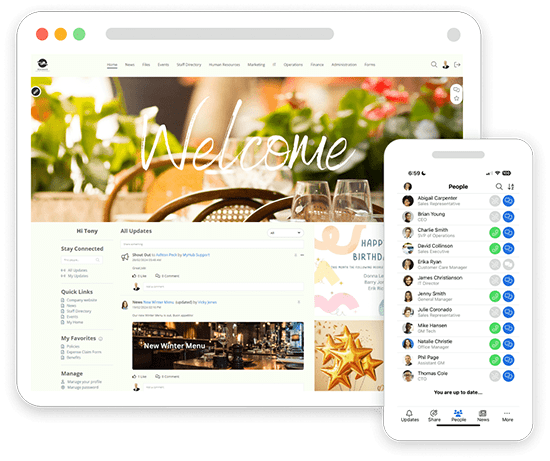
Instant access to important information
Finding and accessing information today should be a breeze, but in many cases, it’s not. Your team will be wasting time looking for files and searching outdated content to complete their jobs. Intranets were supposed to solve this problem, but they’re difficult to maintain and keep up to date.
Enter MyHub. MyHub is an intranet platform designed to help your team connect to content, knowledge, and each other. Imagine a modern intranet with built-in tools to keep everybody updated and productive.
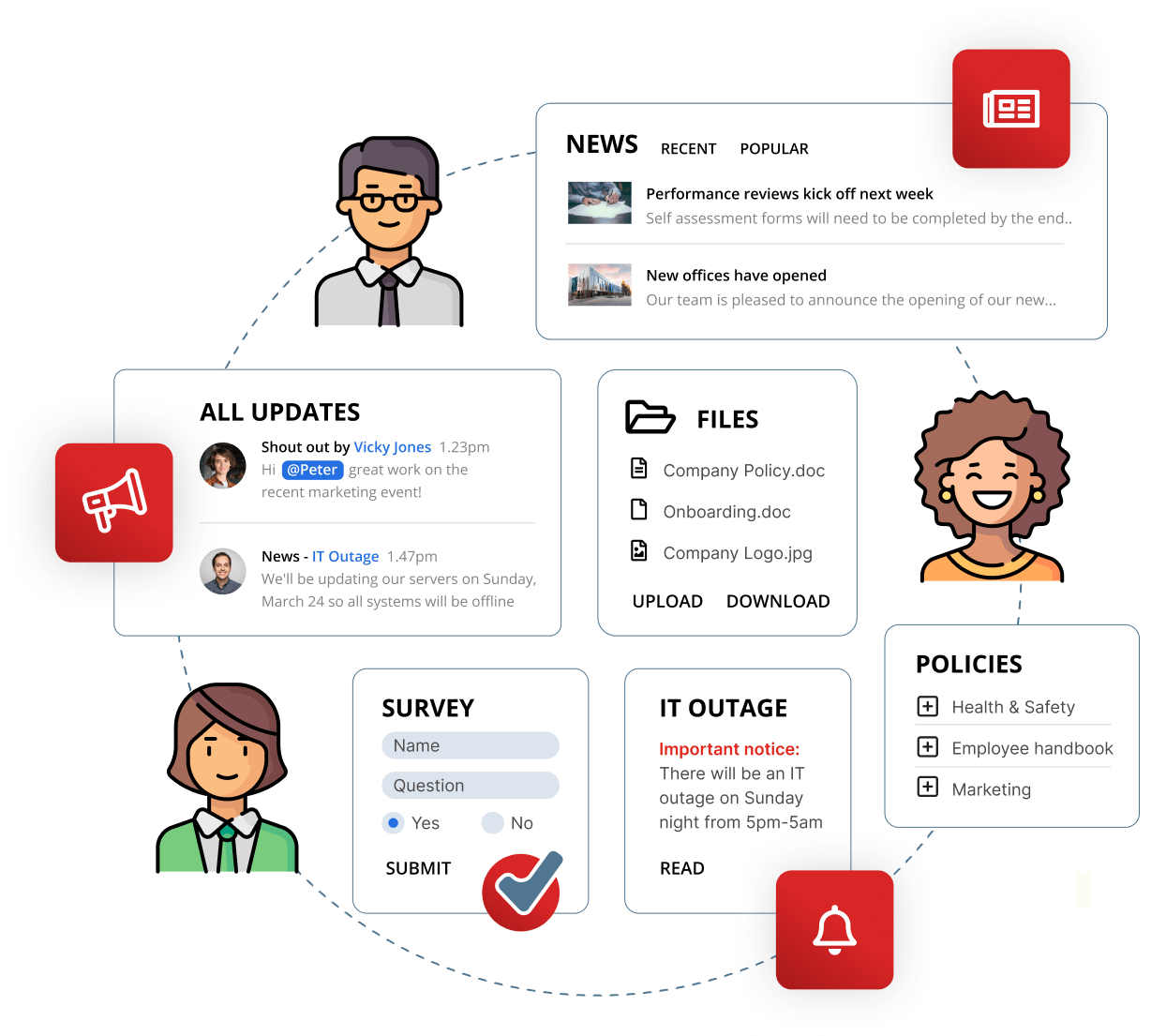
Benefits at a glance
Publish information quickly and easily
Find documents in no time at all
Transform your intranet with integration
Streamline your workflow and reduce administrative tasks with our integrations. Easily connect to your everyday apps and manage users effortlessly from your intranet. Explore now >
One place to access critical information
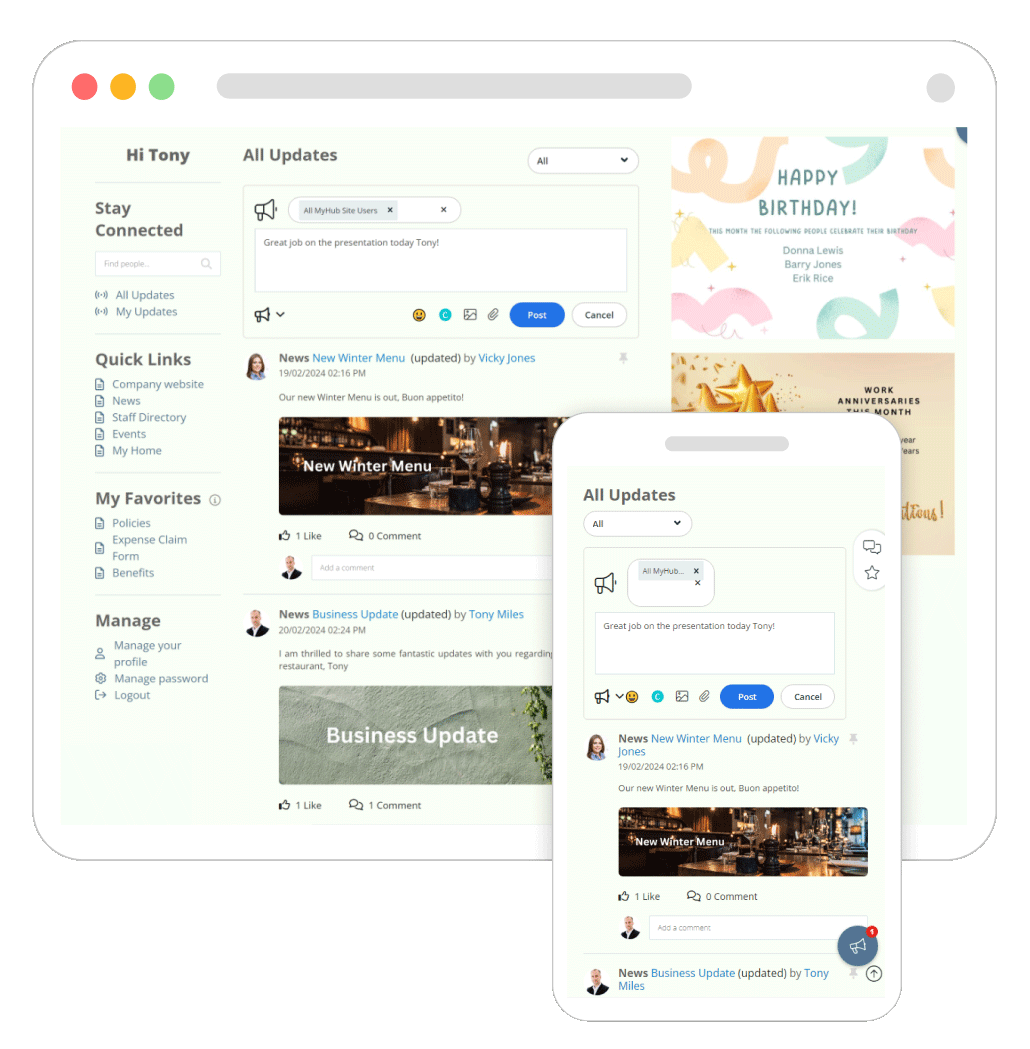
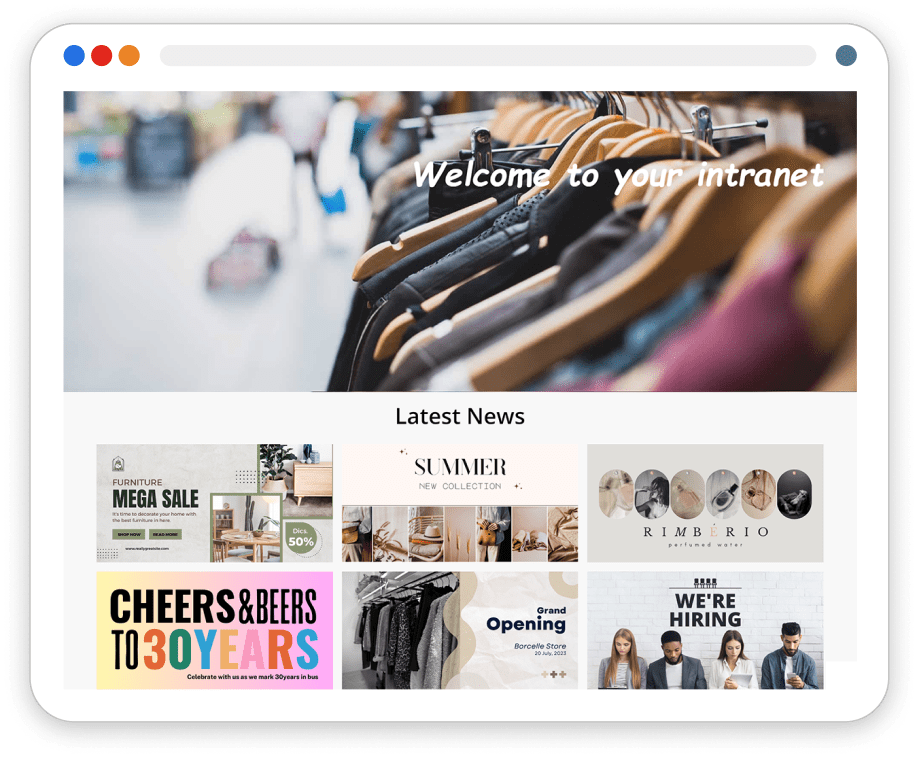
Create an intuitive and beautiful intranet
Delivering a beautiful functioning intranet is now easier with MyHub’s integration with Canva. Images and designs sourced from Canva can be used alongside other content types, from PDFs to videos, to enhance your intranet’s appeal.
Simplify the publishing and sharing of critical information while making your intranet visually stunning.
Book a demo today to discover how effortless it is to create an intranet you’ll be proud of.
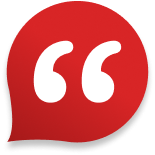
Best Western are now more productive than ever
Quick and easy access to your intranet in your pocket
The most essential employees in any business are the ones on the road, often doing the ‘real’ work. So giving these team members information at the right time can materially move productivity. That’s where our mobile app comes in.
Not everybody has a desk job, but they have a mobile device. So when your team needs quick access to information, wherever they are, our mobile app is the first place to go.
The mobile app will enhance how your team works, giving a seamless experience across all devices and providing employees with the same level of access, whether in the office or out and about.
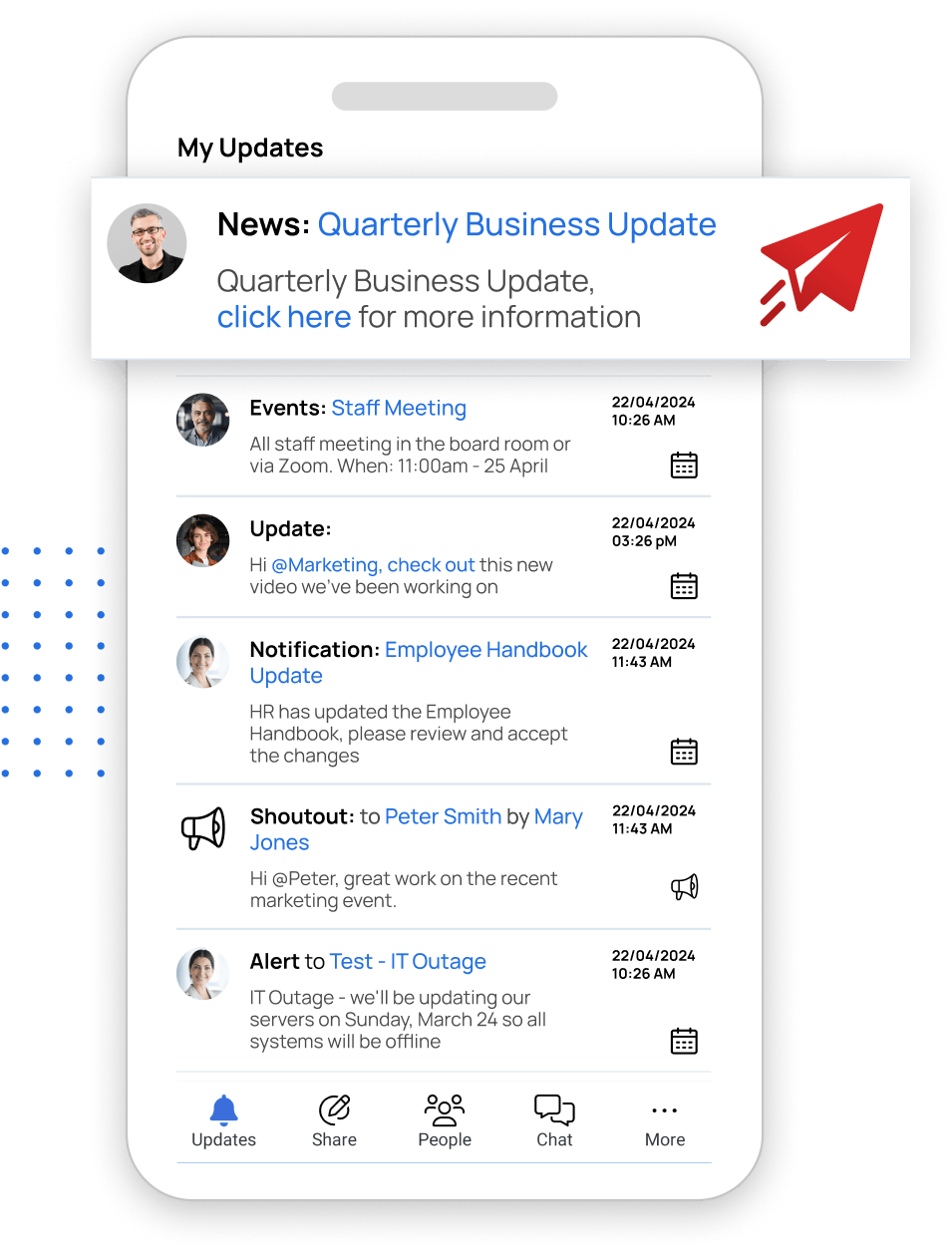
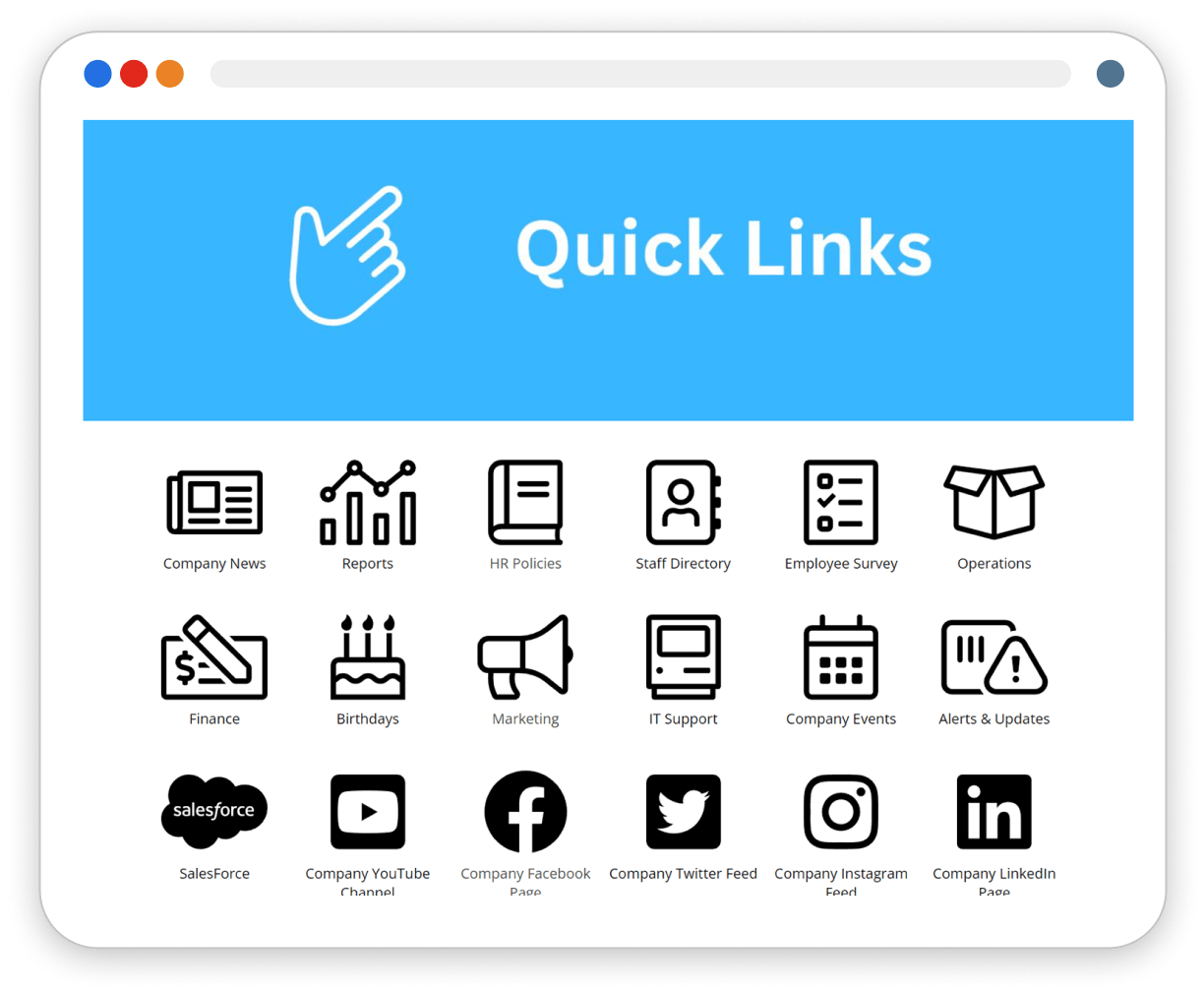
Some interesting articles you may like…
Message vs MyHub – Choosing A Better Approach To Sharing Documents
When you need quick access to a document, sometimes you do the easiest thing and ask a colleague. Your colleague now sends you the document over an...
Intranet Services: Making The Complex Simpler
Deciding to implement an intranet is easy. The benefits are well known, making intranets mission-critical in today's digital workplace. From...
SharePoint vs MyHub – Which is better for you?
According to Microsoft, over 200k organizations use Sharepoint, and there are some great reasons to do so: - SharePoint is highly customizable and...

